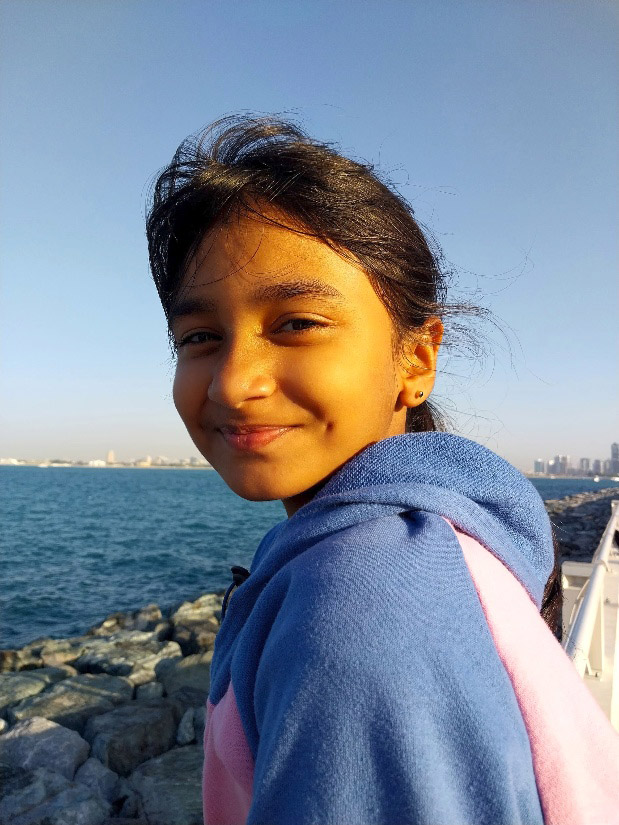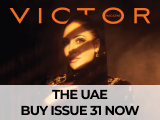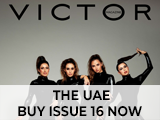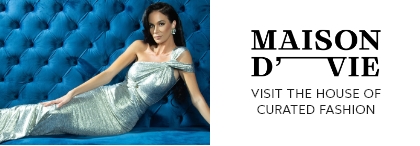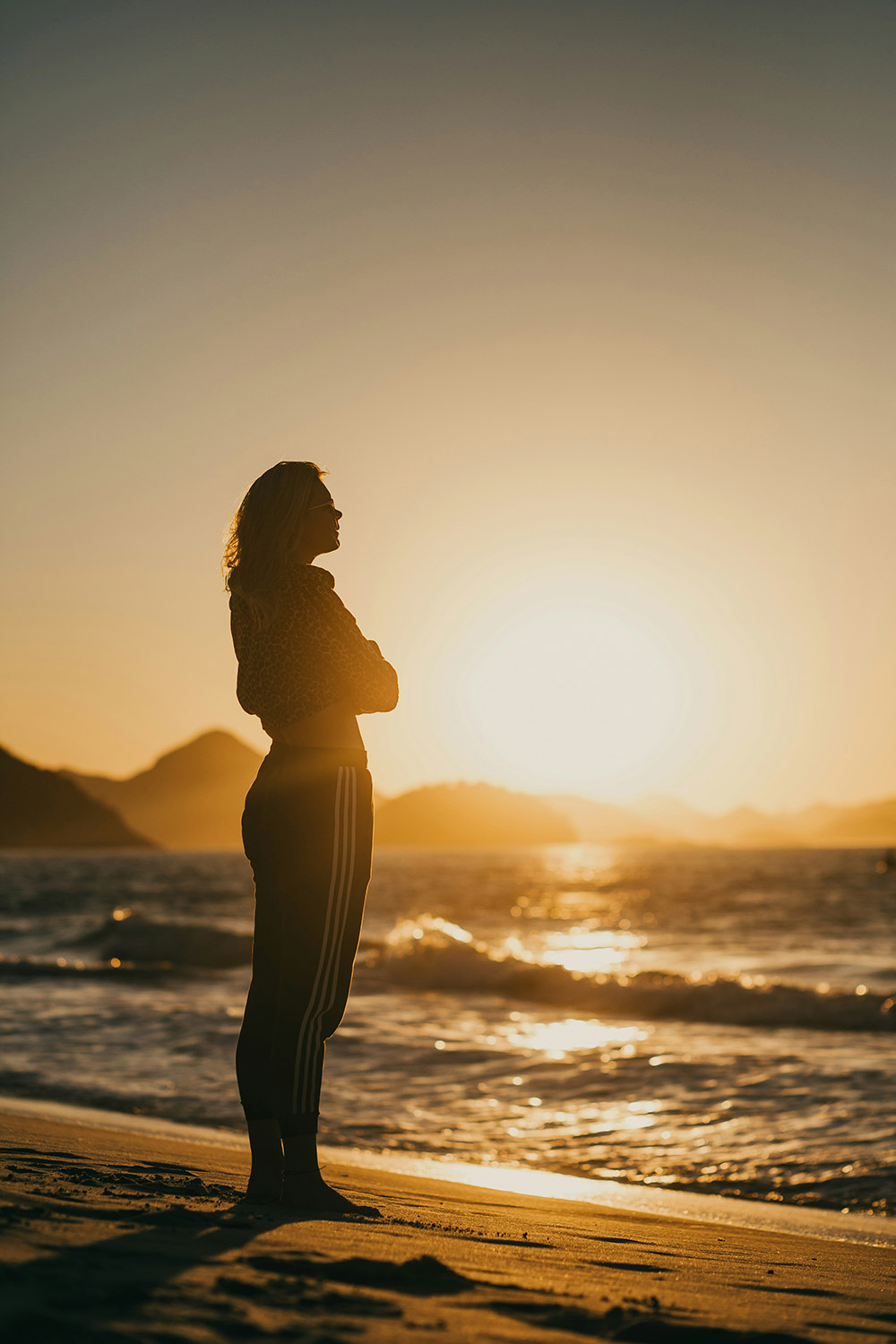
Beloved Bastakiya A Hub of Art, Culture and History
Sree Lakshmy

Why is Bastakiya beloved by me and many other artists? It’s an escape to another world, crossing timelines into a mesmerizing realm of colors and traditional Arabic architecture. As you walk along the narrow lanes, you feel like you are transported into a scene from the Arabian Nights, immersed in a story of enchantment and wonder. Bastakiya is more than just a historical district; it’s a personal sanctuary. As an artist, walking through its narrow, winding lanes feels like stepping into a living canvas. The traditional wind-tower houses, intricate frames, and vibrant street art contribute to an atmosphere that feels both timeless and otherworldly. Each visit is a journey through time, where I find myself lost in a mesmerizing world of colors and traditional Arabic architecture. The sensory experience is akin to being transported into a scene from the Arabian Nights, surrounded by rich textures and stories of the past. Strolling through Bastakiya, I often pause to absorb the magical details—the soft hum of conversations in quaint cafes, the aroma of Emirati cuisine, and the play of light and shadow on ancient walls. Whether visiting art galleries, relaxing in a courtyard cafe, or simply wandering the lanes, Bastakiya never fails to inspire. It’s a harmonious blend of history, art, and culture, offering a unique escape from the fast-paced modern world and making it a beloved destination for artists and travelers alike.

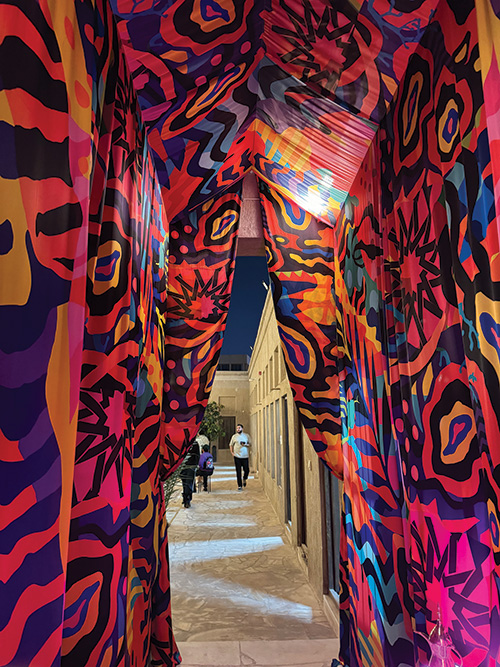
A Glimpse into the Past
The story of Al Bastakiya is one of resilience and transformation. Dating back to the mid-1800s, the district was established in the 1890s by affluent Persian merchants from Bastak, Iran, thriving due to Dubai’s flourishing trade opportunities. It housed about 60 residences, intricately separated by narrow, winding lanes typical of traditional Arabian architecture. In the 1980s, half of the district was demolished for modern office complexes, and the remaining structures were relegated to warehouses and laborer accommodations, facing further demolition until a remarkable intervention changed its fate. Rayner Otter, a British architect in Al Fahidi, recognized the value of Al Bastakiya’s architecture and culture, renovating his residence and campaigning to save the neighborhood. His efforts culminated in a letter to Prince Charles, who visited Dubai in 1989. Deeply impressed, Prince Charles recommended its preservation, halting demolition plans and sparking a revitalization that transformed the area into the cultural hub it is today. Thoroughly restored since 2005, with the Dubai government constantly working to conserve its historical beauty, Al Bastakiya now embodies Dubai’s dynamic spirit, underscoring the importance of preserving cultural heritage amidst rapid modernization. In Al Bastakiya, the old and new coexist harmoniously, making it a must-visit destination for art enthusiasts, history buffs, and curious travelers alike, offering a unique and enriching experience that captures the essence of Dubai’s cultural evolution.
Modern Vibes
Nestled within the Al Fahidi Historical Neighbourhood, Al Bastakiya stands as a vibrant testament to Dubai’s rich heritage and evolving artistic landscape. Today, it is a bustling center of artistic and cultural activity, with narrow lanes and traditional wind-tower houses hosting a myriad of art galleries and museums. The Dubai Museum, housed in the Al Fahidi Fort, offers a deep dive into the region’s history, while various galleries display works by local and international artists. A highlight is the annual Sikka Art Festival, transforming the district into a living gallery and celebrating artistic innovation. Adding to Al Bastakiya’s charm are concept cafes that offer more than just coffee; they provide spaces where art, culture, and community intersect. Visitors can enjoy traditional Emirati cuisine, sip on artisanal coffee, or relax in courtyards adorned with local art. Must-visit spots in Al Bastakiya include XVA Gallery, Artenirs, Sheikh Mohammed Centre for Cultural Understanding, Arabian Tea House Café, Coffee Museum, Make Art Café, Sjadna Art Gallery, and Tashkeel Art Studio.

By Author


Artistic Flair: Story Behind the Iconic Fashion Styling of Frida Kahlo
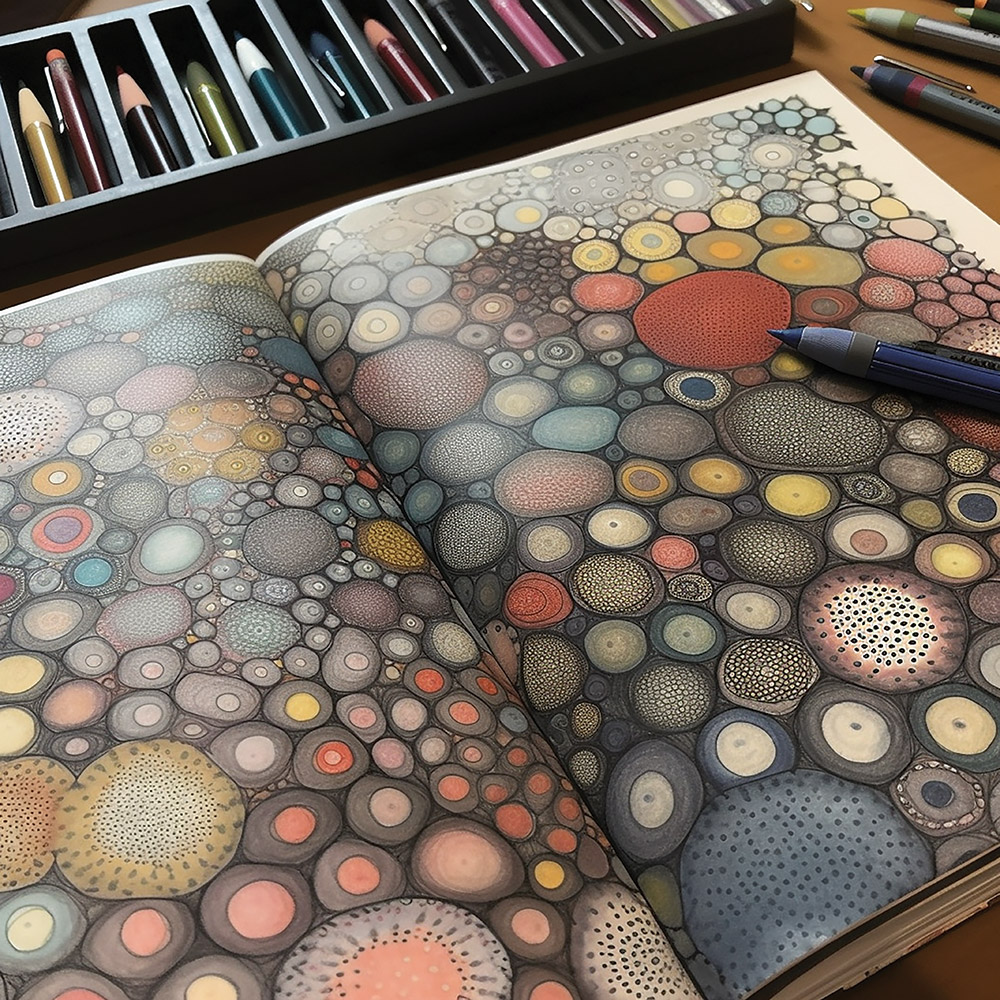
The “Convenient Escape” Beyond the Colourful World of Kusama
no related post found

MESMERIZE: Where Artistry and Innovation Unite in a Ballet of Elegance
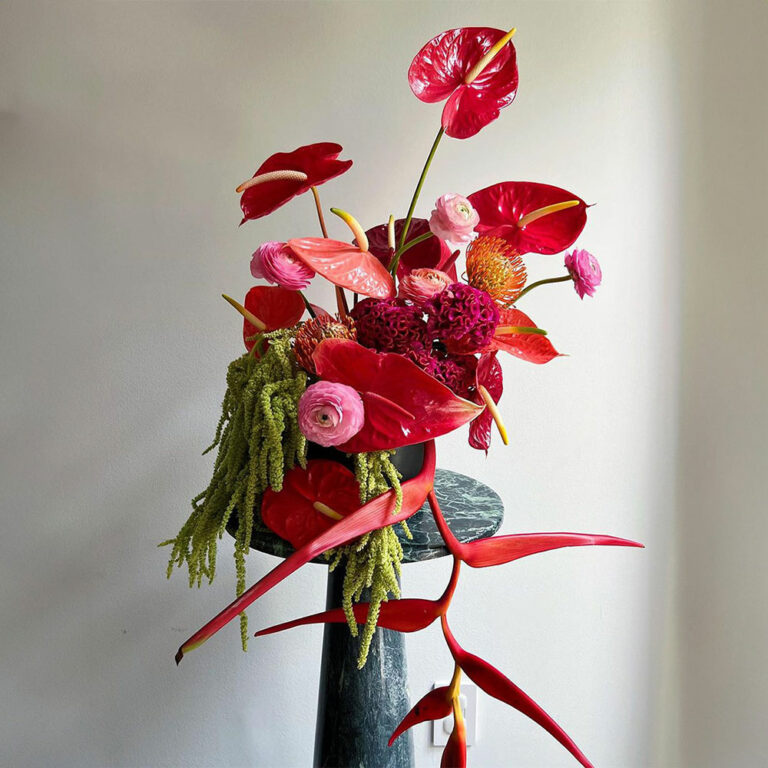
“Flowers are our favorite F word!”
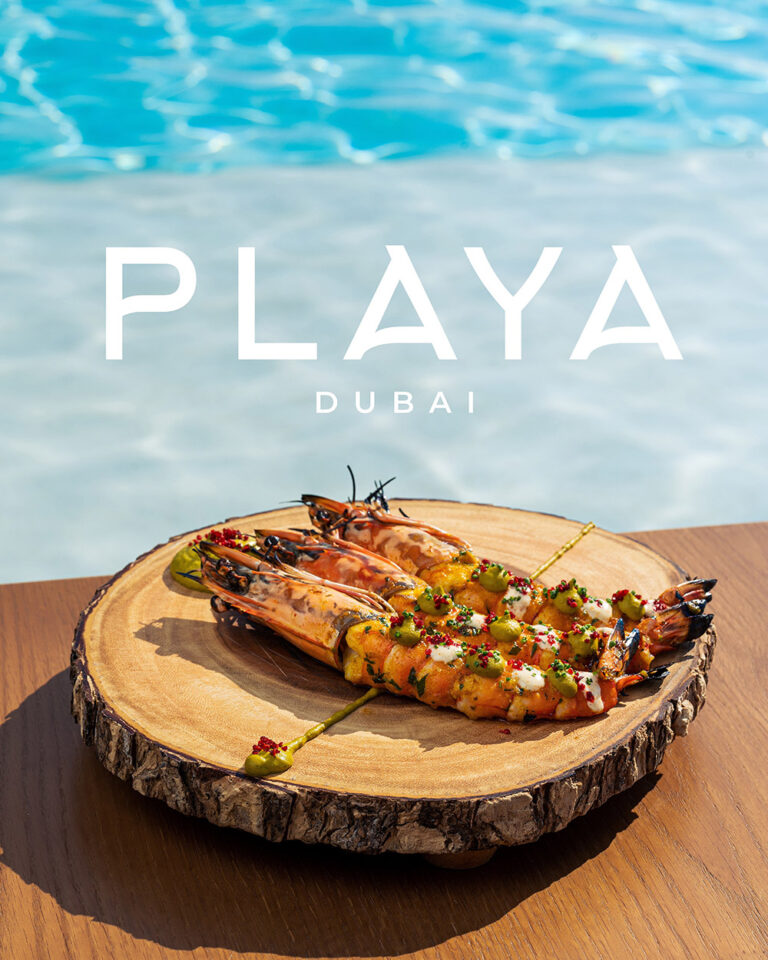
Indulging in Love and Flavor at Playa: A Valentine’s Day Delight
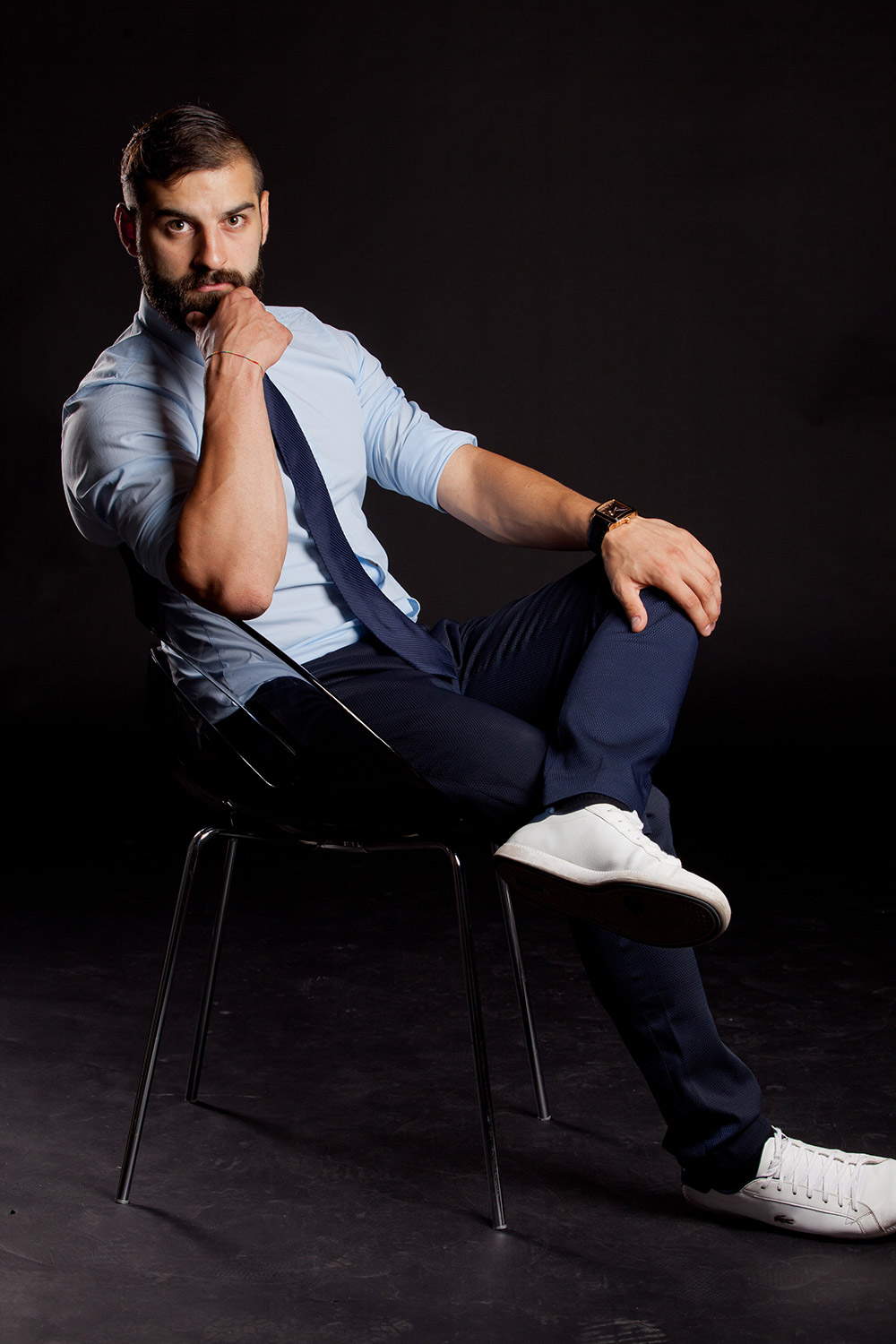
MESMERIZE: Where Artistry and Innovation Unite in a Ballet of Elegance

“Flowers are our favorite F word!”
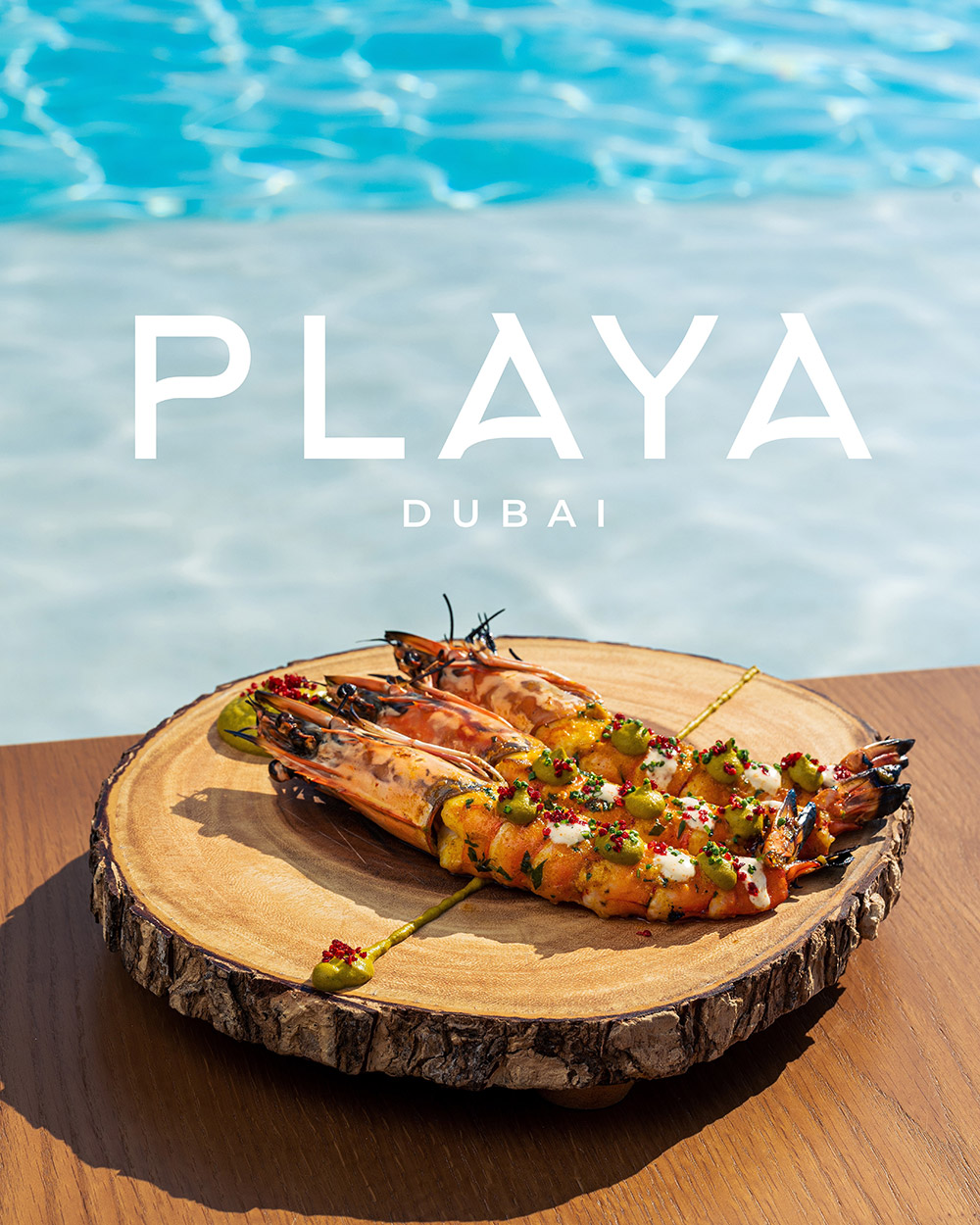
Indulging in Love and Flavor at Playa: A Valentine’s Day Delight

Stop Blaming. Enough Is Enough: Words @ 3AM By Gayatri.R
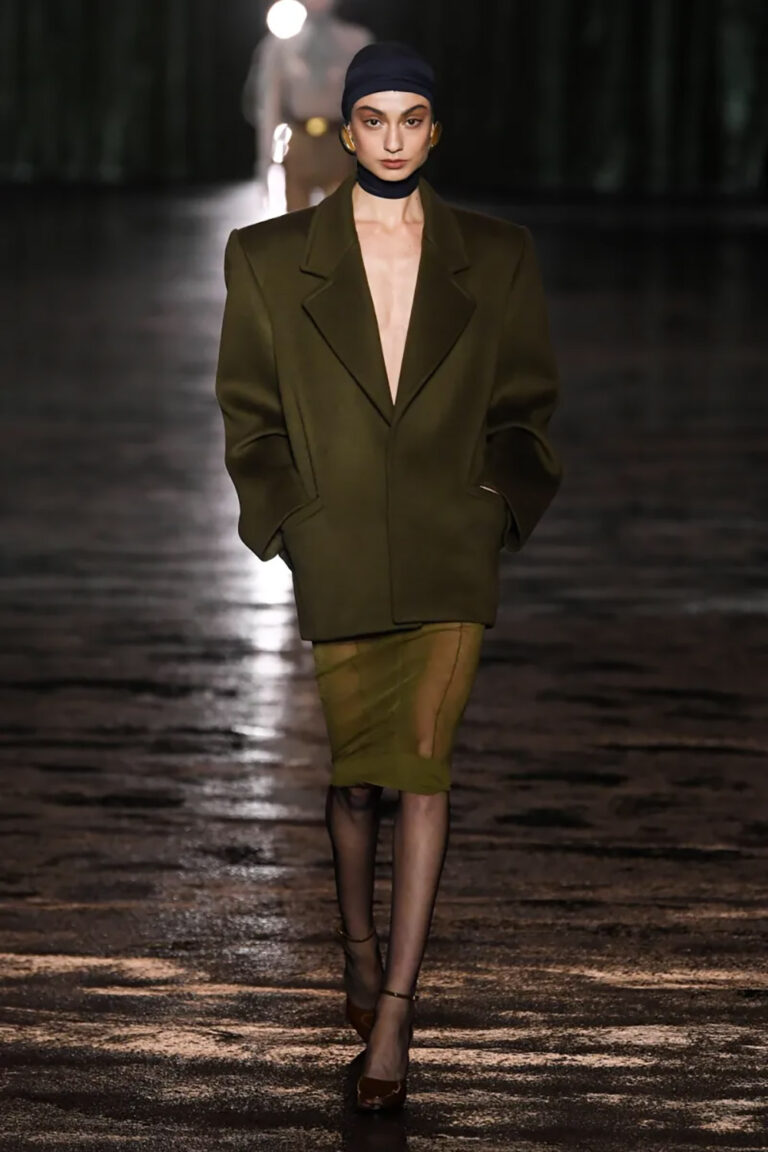

The Silke Beauty: Welcome to Malak Karaki By Omer Rasool

THE ANATOMY OF LOVING ONESELF

